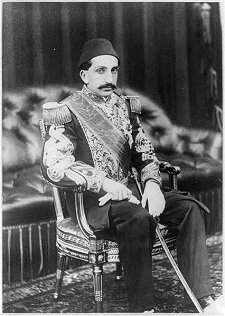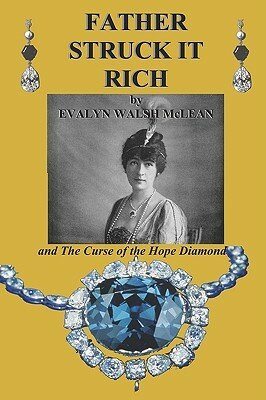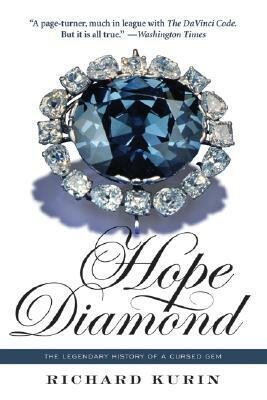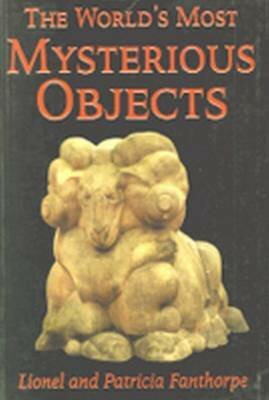|
Contact the seller in advance before paying for the order! The Hope Diamond – Beautiful And Mysterious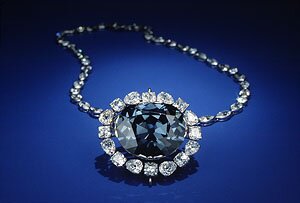
The Hope diamond is unique. Some jewels are said to be cursed and that everyone that possesses it or is in touch with it will have bad things happening to them. The Hope diamond is such a diamond. This large, very rare and valuable blue diamond has a long trail of owners, tragedies and deaths behind it. But is it truly cursed, or is it just myths created to make the gem more interesting and increase its value?
To find out, let’s take a look at its history. The beginning, as Tavernier Blue: Some stories claim that the Hope diamond was one of the statues eyes, and that there must be a twin somewhere. Another says that the diamond was placed on the statues forehead. The truth we will never know, but knowing the destiny of many of the people who had the gem in their possession, one might wonder. Tavernier sold the diamond, which was somewhat triangular and crudely cut and called “The Tavernier Blue”, to King Louis XIV of France in 1668, but even here the story is a bit blurred. One legend says that Tavernier left the stone with a diamond merchant and went back to India where he was killed and torn to pieces by wolfs, or a tiger or died from fever, depending on who tells the story. Since he never returned to get the stone back, the diamond merchant sold the stone to the French king. Regardless of who sold it, it ended in the collection of the French crown jewels.
At the French court as the French Blue: When the revolution began, King Louis XVI and his wife Marie Antoinette tried to flee the country with the crown jewels. They did however not succeed and were imprisoned. The crown jewels were handed over to the government and put on display for a few years. The French royal couple was, as we all know, beheaded in the guillotine. This was most likely because of their flamboyant and very expensive lifestyle, but the diamond got the blame due to its allegedly curse. The diamond also gets the blame for the rape and mutilation of the princess de Lamballe during the revolution, and for pretty much all bad that happened to people at the French court through the years it was part of the crown jewels. Lost: London diamond merchant Daniel Eliason had in 1812 a blue 44 carat diamond in his possession, and it is speculated that this was the French Blue re-cut. Whether it was the French Blue or not, the jeweler Jacques Colot who bought the stone from Eliason, lost his mind and committed suicide. Diamond cutter Willhelm Fals was killed by his son Hendrik who stole the diamond from his father, but later committed suicide. Francois Beaulieu, the jewelry who bought the diamond from Hendrik was said to have starved to death. Renamed with the Hope family: Although the Hope Diamond was smaller in carat (44 carat) than the disappearing French Blue, rumors first, and later thoroughly testing of the diamond, has stated that it is indeed the French Blue, re-cut. The stones curse however did not perish while in the hands of the Hope family. Henry never married and had no children. He therefore willed his collection and estate to his three nephews, an act that led to 10 years of fighting in court. The inheritance was in the end divided in three, and the Hope diamond went into the hands of Henry Thomas Hope along with some other diamonds. Henry Thomas and his brothers did never reconcile. Henry lived a prosperous life and was wealthy and successful, but his private life was a bit unusual for the puritan Victorian ages. He had a daughter with his mistress Ann Adèle, who he later married. When Henry Thomas died, his widow Ann Adèle was worried about leaving the estate and jewelry to her daughter Henrietta who had married Lord Frances Pelham-Clinton, an extravagant gambler, so instead she willed it all to her grandson. The inheritance came with the clause that he would have to change his name to Hope. He so did and the diamond had again changed owner. Lord Francis Pelham-Clinton Hope could however not do as he pleased with his inheritance. His grandmother had given him only a life interest, and he could therefore not sell any of it without court permission. He was a gambler like his father and shocked society by marrying a show girl. After some years he went bankrupt and was in great need for money. He applied to court for allowing him to sell the estate and the diamond, but the court turned him down twice. After a third appeal, however he got the permission, and the diamond was sold for 29 000 British pounds. His wife, the show girl May Yohe, left him for her lover. She got remarried and divorced for the second time and later blamed the Hope diamond for her misfortune in life. Francis himself married Olive Mariel Thompson and got three children before she died suddenly in 1912.
With the Ottoman sultan: The sultan took over the Ottoman throne in 1876 when his brother was deposed. Abdul Hamid took over a country in default in public funds and an empty treasury. The Ottoman Empire was coming to an end and he was the last Ottoman sultan to rule with absolute power. He presided over 30 years of decline and in 1808 the Young Turk revolution broke out. In 1909 he was deposed and put in dignified captivity on Saloniki. Saloniki was later taken by the Greek, and he was put in captivity in Turkey, where he remained until his death. When he was deposed from the throne he sold the Hope diamond to settle his own debts. Whether the diamonds curse had something to do with is misfortune in ruling his empire is doubtful, as the empire was run down badly when he took over the throne, but it still got the blame. Cartier:
With Evaly Wals McLean: Mrs McLean did not believe in the curse that Cartier told her about. Still she had her share of misfortune. Her youngest son Vinson was killed in a car accident at the age of only 9. Her daughter became a drug addict and died by overdose at the age of 25. Whether it was deliberate or an accident is uncertain. Her husband ran off with another woman, was later declared insane and spent the rest of his life in a mental institution. One of her grandsons died in the Vietnam War and their family newspaper went bankrupt. She herself died of pneumonia at the age of 60. Mrs McLean was also conned by Gaston B Meaks, a former FBI agent and bagman for the President Harding administration, who worked a bit on both sides of the law. He persuaded Mrs McLean to give him 1000 000 USD to assist him in the investigation of the kidnapping of the Lindberg baby, which of course was not true. She later helped the police to get Meaks arrested. Despite her sad misfortune in life, she held on to the diamond until the day she died, using it all the time. When she died she willed it to her grandchildren. It would be in the hands of trustees until the eldest of the grandchildren became 25 years, but the trustee gave permission to sell her jewels and the Hope diamond to settle her debts. It was sold to Harry Winston, a New York diamond merchant and one of the most famous jewelers in the world. With Harry Winston:
The Hope diamonds final resting place: It is a deep blue diamond with traces of purple. It exhibits an unusually intense and strongly colored type of luminescence and possesses a “glow in the dark” effect of red phosphorescence when exposed to short wave UV light. Today the Hope diamond rests in the Smithsonian Natural History museum in Washington DC, and is seen by thousands every day. In 2009 it was removed from its Cartier setting and was displayed for the first time without a setting. In 2010 it was temporarily set in a newly designed necklace called “Embracing Hope”, which was made by the Harry Winston firm. So, if you happened to be in New York, don’t miss the opportunity to see this old and mysterious diamond, blamed for so much misfortune in its wake and famous for its beauty. Return from the Hope Diamond to Famous Jewelry, Gemstones And Pearls Leave a comment ,I would love to hear your opinion on this page. Good or bad, it will help me making this Site better. |

